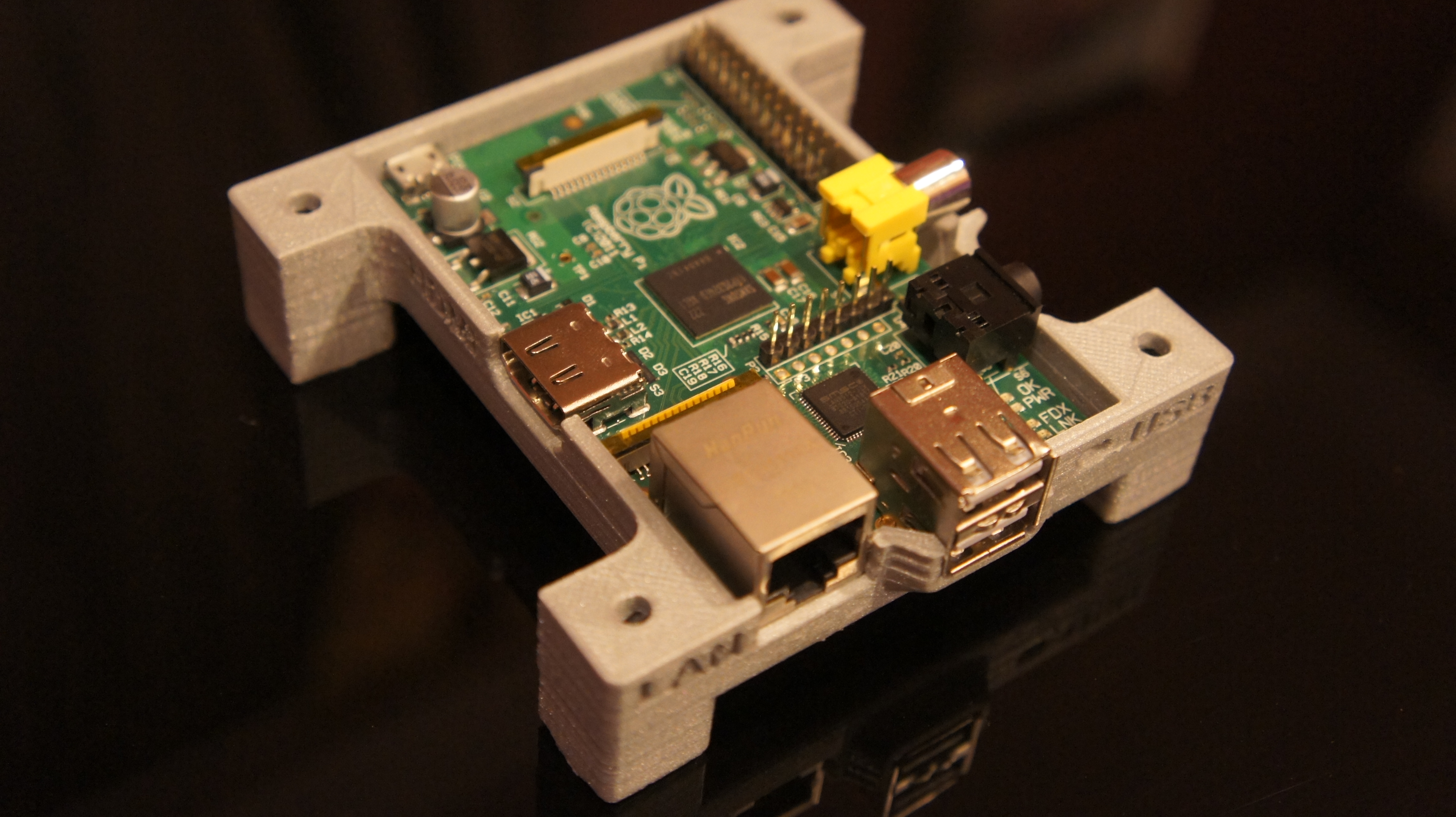3-D printing seems to have become one of our generation’s great achievements. This concept has become so ubiquitous in the science and engineering world that a large proportion of articles that you can read about in these fields pertain to 3-D printing (including this article).
New research on the subject matter, pushing the limits of science as always, has found a new and very promising application for 3-D printing in the medical field: bio-printing. Bio-printing is essentially incorporating living cells into 3-D printing in order to print live tissues. Dr. Adam Perriman, from the School of Cellular and Molecular Medicine at the University of Bristol, and his fellow scientists have developed a new “bio-ink” that involves stem cells.
Image Source: Arno Masse
The bio-ink that Dr. Perriman and his team developed involves two polymers (substances that are composed of repeating, smaller units called monomers). One of the polymers is synthetic. Synthetic polymers are widely used in the medical field, and they are particularly useful because they allow for phase changes, such as letting the bio-ink turn from liquid to solid in more temperate areas (i.e. the human body). The other polymer is a natural polymer that is actually extracted directly from seaweed. This polymer provides the structural support for the tissue in the presence of nutrients.
Dr. Perriman and his team’s further research even allowed them to differentiate the stem cells into osteoblasts (the cells that primarily make up bones). This experiment with the stem cells and their new bio-ink actually showed that the synthetic polymer part of the bio-ink could be expelled if in the presence of nutrients, leaving only the natural polymer part of the bio-ink and the stem cells. The removal of the synthetic polymer actually allowed for the formation of microscopic pores in the structure of the ink, thereby providing the stem cells better, and more efficient, access to nutrients.
This new stem-cell laced bio-ink opens the door to a world of possibilities in the field of bio-printing; one of the main possibilities being the ability to design, produce, and print complex, living tissue that is specific to patients for their surgical needs, such as bone and cartilage implants.
Feature Image Source: RPI Case 3d Printed by Riley Porter










